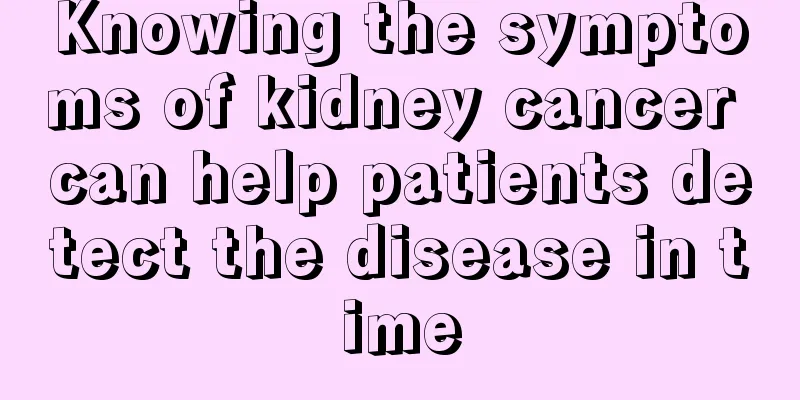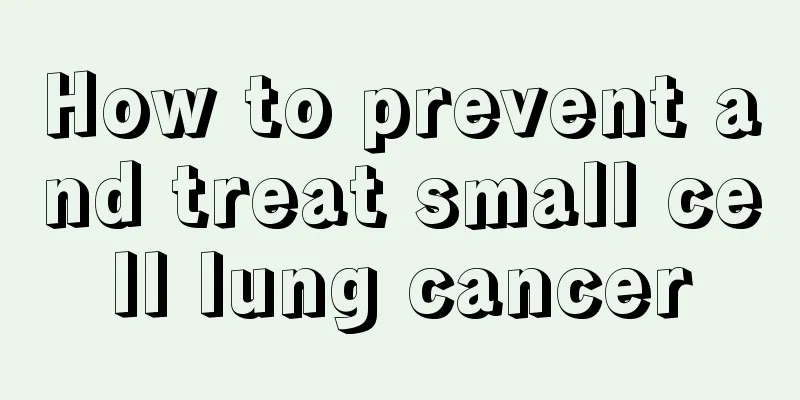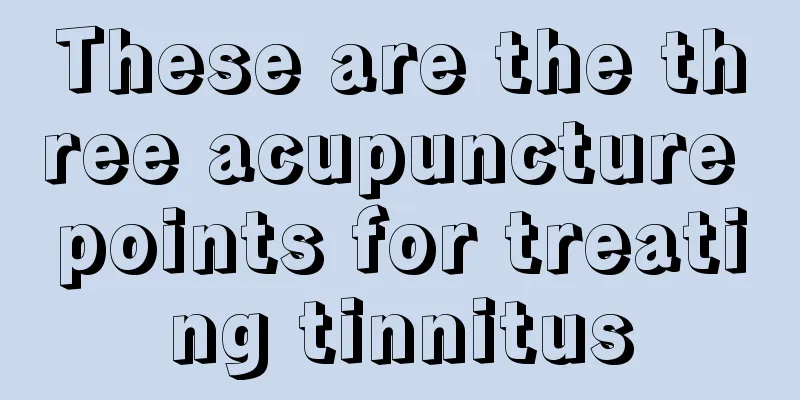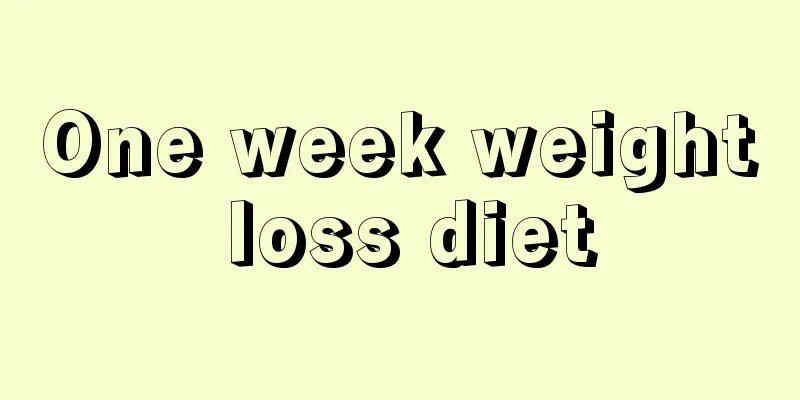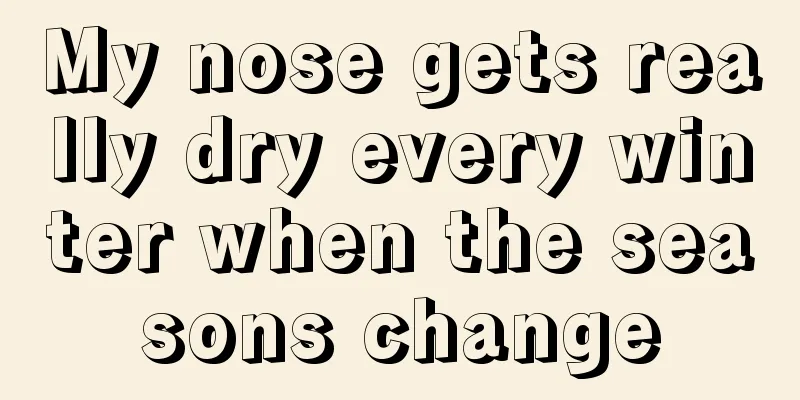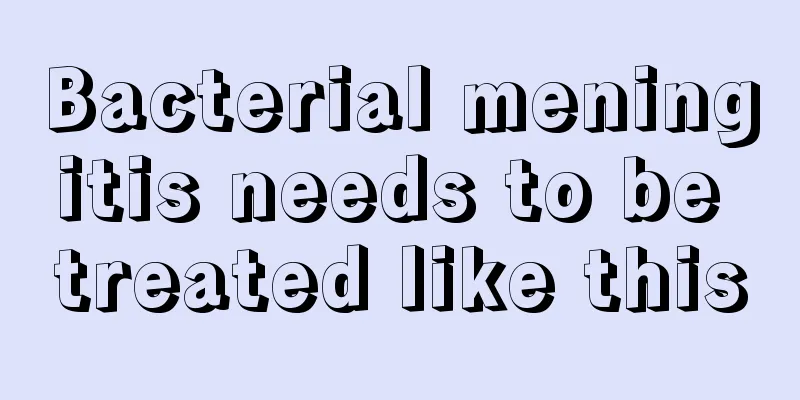What is the best way to treat lumbar spinal stenosis? 6 major treatment methods
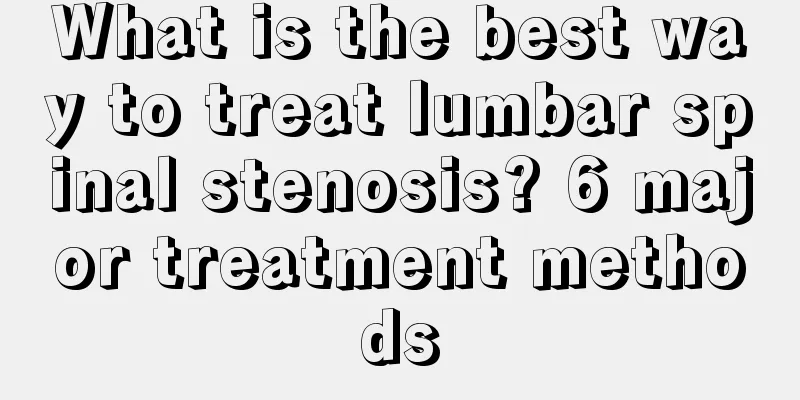
|
Don’t ignore the dangers of lumbar spinal stenosis. Severe cases can lead to incontinence, lameness, limited mobility, and obvious symptoms of lower back and leg pain. To treat lumbar spinal stenosis, you must first exercise more, combined with medication and minimally invasive treatments, which are very effective. 1. Six major treatments for spinal stenosis 1. Physical exercise It can strengthen the back extensor muscles and abdominal muscles, increase the stability of the lumbar spine, and thus delay the rate of lumbar joint degeneration. Practicing Tai Chi has a good effect on this disease. 2. Drug therapy Taking medicine, getting injections, and applying plasters are all considered drug therapies. Drug therapies mainly have the effects of reducing inflammation and swelling, relieving pain, and promoting blood circulation and removing blood stasis. 3. Minimally invasive therapy Laser needle knife can loosen adhesions and has a good therapeutic effect on spinal stenosis. 4. Blockade therapy Injecting drugs into pain points and around nerve roots is called blockade therapy, which mainly plays the role of anti-inflammatory, analgesic and improving blood circulation. 5. Massage Tuina massage is very helpful in relieving the symptoms of spinal stenosis, but you should go to a regular hospital for treatment, because if the wrong method is used, it will aggravate the symptoms. Its function: It can promote blood circulation, remove blood stasis, dredge meridians and relieve symptoms. 6. Surgical treatment Surgical treatment is mainly used for those whose life, work and rest are seriously affected and for those who have not responded to non-surgical treatment. Surgery changes the original tissue structure of the human body and is a invasive treatment. 2. What are the dangers of spinal stenosis? 1. Urinary and bowel disorders Bowel and urinary disorders usually occur later. In the early stage, the symptoms include weak urination and defecation, frequent urination, urgency and constipation. In the late stage, urinary retention and incontinence may occur. 2. Limping Symptoms worsen when the spine is extended and relieved when the spine is flexed. A small number of patients have lower limb muscle atrophy, and the Achilles tendon reflex is sometimes weakened or disappeared. It may also be accompanied by lameness. 3. Limited activity Movement disorders are mainly caused by spinal stenosis, vertebral tract signs, limb weakness, stiffness and inflexibility, from the most caused by lower limb weakness, heavy legs begin to fall like a cotton feeling, heavy standing gait is unstable, easy to kneel down, need help from the wall or crutches to walk, the symptoms gradually worsen as a quadriplegia appears. 4. Nerve root stimulation Symptoms of nerve root irritation, such as a tight feeling in the chest and back, and pain. 5. Pain There are obvious symptoms of low back and leg pain. |
<<: How to control high blood sugar, 4 effective methods to help you
>>: Can tinnitus cause dizziness?
Recommend
What are the sequelae caused by radiotherapy for nasopharyngeal carcinoma?
What are the sequelae caused by radiotherapy for ...
How to understand the pathology of rectal cancer
In recent years, rectal cancer has become one of ...
How much does it cost to treat mid- to late-stage pituitary tumors
How much does it cost to treat mid- to late-stage...
About the overview of melanoma
Melanoma, also known as malignant melanoma, is a ...
Is disease fibroid easy to cure?
Is fibroid easy to cure? In our daily life, fibro...
The reasons for the formation of "phone-drowsing tribe" are these
In recent years, with the emergence of smart phon...
The skin is very loose
Sagging skin is a nightmare for many female frien...
Areas that can be cooled by alcohol wiping_ Areas that can be cooled by alcohol physically
Fever is not unfamiliar to many people. The defin...
How is breast cancer caused
How is breast cancer caused? 1. Menstruation Acco...
Acupuncture points for cold and flu
The symptom of wind-cold cold is relatively commo...
How should rectal cancer be treated with chemotherapy
With the progress of the times, people's livi...
Dropping wine into the ear to reduce inflammation
The ear is the most important part of our body, a...
What are the genetic characteristics of rectal cancer
When giving birth to the next generation, one of ...
Blackheads on cheeks
There are many types of skin conditions, includin...
How to clean yellowed canvas white shoes
White canvas shoes are easily oxidized in the air...

